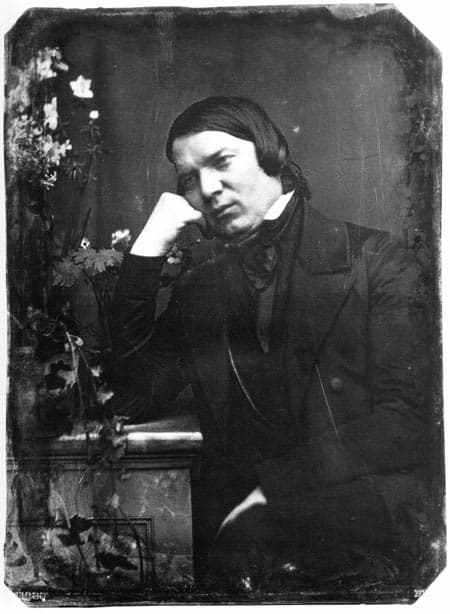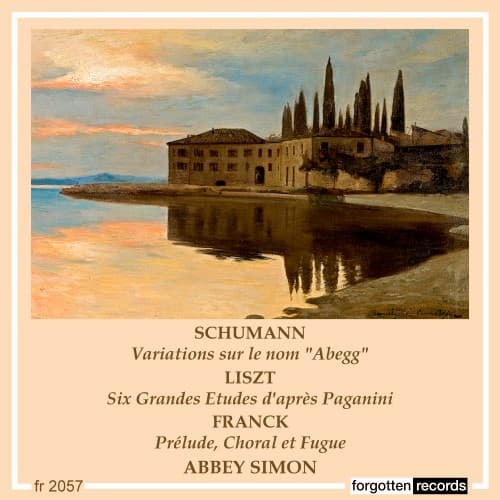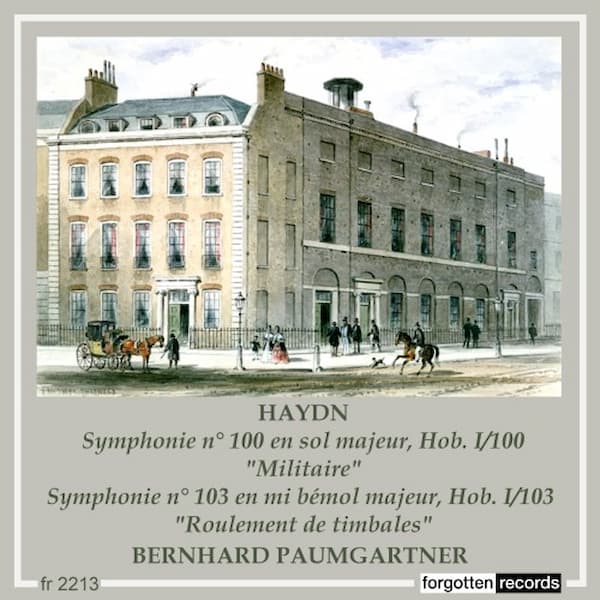Robert Schumann (1810–1856) made wide use of imaginary characters, which he imbued with distinctive characteristics, to extend the meaning of his piano works. His most famous, of course, are Florestan and Eusebius, who stood for the two sides of his character, the first impetuous and the second contemplative.

Robert Schumann, 1850
From his first published piece, he inserted the fantasy of nobility. His Opus 1, published in 1831, had the title of Thème sur le nom ‘Abegg’ varié pour le pianoforte. The Abegg Variations, to give them their short name, were dedicated to Countess Pauline von Abegg. The Countess Pauline was a fiction, but he did know another pianist by the name of Meta Abegg (1810–1835). More to the point, the Countess / Pianist had a name that was perfect for converting into pitches: A–B flat–E–G–G (something that became a familiar trick of his).
A review in the Allgemeiner musikalischer Anzeiger (28 June 1832) shows us two things: the reviewer did not know who the composer was beyond his name, and credited him with a great deal of innovation and creativity: ‘The probably still youthful composer, whom we encounter here for the first time, is a rare phenomenon of our age: he follows no school, draws his ideas from his own mind, and declines to preen himself with . . . borrowed plumes. He has created an ideal world in which he gambols with almost reckless abandon, at times even with original bizarrerie . . .’
With the five notes as his sources, Schumann spins out first a walk and then three variations, each with its own character, closing with a Finale alla Fantasia, i.e., a Fantasia for his fantasy dedicatee.
The theme places the 5 notes solely in the right hand, repeated at different pitches. Variation 1 immediately breaks it apart and arpeggiates the theme, breaking it up. Variation two breaks the flowing line into a stuttering line. Variation three, with the expression mark of ‘courrente’ (running) contrasts a truly flowing right hand with a jumping left. The Cantabile section dramatizes elements from each of the preceding variation sections. The Finale alla Fantastia builds the tension, with parallel runs in both hands and abrupt shifts of tempo via rubato until a pause in the middle sets up a section that is simpler before the cascade of notes starts to build again to an unexpectedly quiet finish.
Robert Schumann: Variations Sur Le Nom “Abegg” En Fa Majeur, Op. 1

Abbey Simon
This 1958 recording was made by the American pianist Abbey Simon. Abbey Simon (1920–2019) was famed for his outstanding technique that many felt was more like that of the piano virtuosos of the 19th century, being noted for ‘the fleetness of his fingers, the lightness of his tone and the thoughtfulness of his interpretations’.

Performed by
Abbey Simon
Recorded in 1958
Official Website
For more of the best in classical music, sign up for our E-Newsletter


